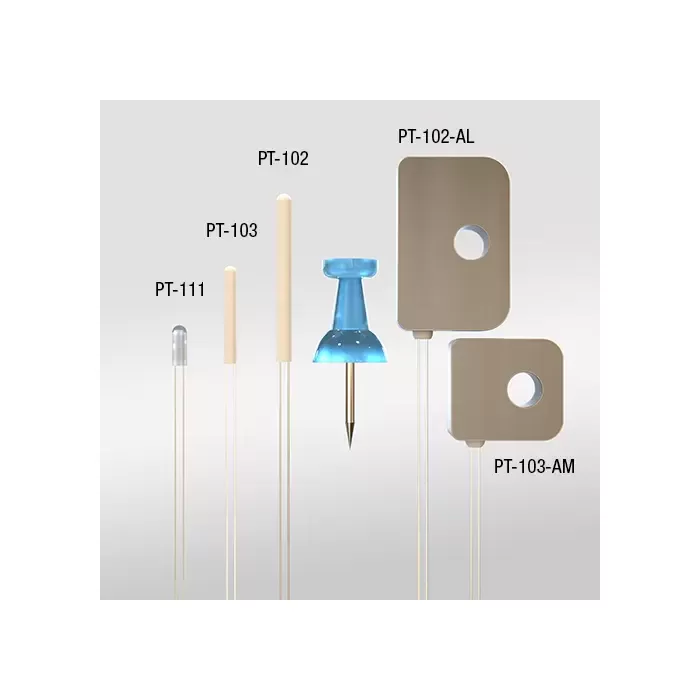We use cookies to make your experience better. To comply with the new e-Privacy directive, we need to ask for your consent to set the cookies. Learn more.
Platinum Sensors
Platinum sensor features
- Temperature range: 14 K to 873 K (model dependent)
- Available as traditional wire-wound package or bolt-down adapter
- Conforms to IEC 751 standards for platinum sensors
- High reproducibility: ±5 mK at 77 K
- Low magnetic field dependence above 40 K
- Excellent for use in ionizing radiation
- Calibrated options for sensor groups with a single curve
Platinum sensor applications
PT-100 platinum resistance thermometers (PRTs) serve an important role in both cryogenic research and industrial cryogenics applications.
Cryogenic research
Many cryogenic research platforms also include high-temperature capabilities, extending hundreds of degrees above room temperature. These platforms need temperature sensors that can both measure and survive these extreme temperatures. With a useful temperature range of 14 to 873 K, platinum sensors are invaluable for this application.
Note: Platinum sensors lose sensitivity below 14 K. For temperatures below this, consult our sensor selection guide as there are sensor options for lower temperatures, though there are none that can also exceed a 500 K maximum temperature.
Production and transport of liquid cryogens
The production and transport for many liquid cryogens (liquid nitrogen, in particular) often see platinum sensors as the sensor of choice for temperature monitoring. Their bolt-down package option and interchangeability options allowing multiple sensors to be used with a single temperature curve makes them simpler to implement and maintain.
For specifications, charts, downloadable resources, and other details, including sensor packaging descriptions and currently available sensor models, visit the platinum sensors page on the Lake Shore website.
